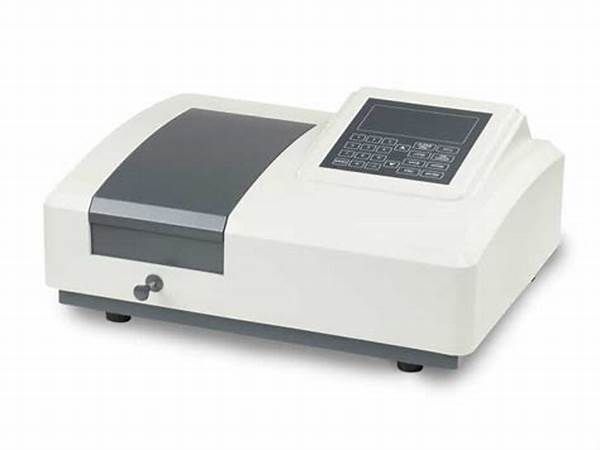In the realm of scientific measurements, a spectrophotometer shines brightly like a trusted beacon guiding the voyage through the seas of data. Its accuracy dictates the precision of experiments, the success of research, and, in some cases, the innovative leaps in technology. Yet, like any knight needing armor maintenance, a spectrophotometer requires regular calibration to ensure it doesn’t stray from its destiny. If you’re interested in keeping your spectrophotometer world-ready, not unlike ensuring your WiFi is as fast as advertised, you’ve come to the right blog post.
Read More : Affordable Musical Instruments For Small Spaces
While calibrating may seem a daunting task akin to reading the fine print of a software update, we assure you, mastering this process brings you a thrilling confidence to tackle any analytical challenge—cue superhero cape! Whether you’re returning for a refresher or embarking on a calibration adventure for the first time, this guide aims to be both informative and engaging, combining practical wisdom with a dash of humor to turn this technical necessity into an enjoyable task!
Understanding Spectrophotometer Calibration
Calibrating a spectrophotometer is key to ensuring that its readings are accurate, reliable, and reproducible. But, what exactly does this process involve? Well, picture yourself at an eye exam—ensuring that the world appears to you as it truly is. We align the spectrophotometer just as we align lenses to see clearly, correcting any discrepancies that might skew experimental results.
The calibration process involves using a set of standard references. These standards have known properties and are crucial to setting a reliable baseline for future measurements. If we skip the calibration, it’s like trying to hit a target blindfolded—possible, but mostly a game of chance. Consistency in results not only enhances research credibility but also ensures compliance with regulatory requirements, making this step a cornerstone for any laboratory.
Spectrophotometers come in various shapes and sizes, akin to a selection of ice cream flavors. And while you might not face a double-chocolate dilemma, choosing the right calibration method can indeed feel overwhelming. Fear not! We have broken it down into manageable bites.
Key Components of Calibration
Choosing the Right Standard
First, select a calibration standard appropriate to the wavelength range and material you are testing. Think of it like choosing a pizza topping—cheese might be universal, but anchovies, well, they have their moments. The standard should match your study’s specifics to provide accurate calibration and meaningful results.
Performing the Calibration
Here’s where the rubber meets the road (or the photon meets the photodetector). Carefully follow standard operating procedures, ensuring you allow the spectrophotometer to warm up before use. Like starting a car on a cold morning, give it some time, lest it coughs and splutters in defiance. Measure the transmission or absorbance of your calibration standards, adjusting settings as necessary until everything aligns perfectly. You want those readings as aligned as your favorite pair of socks—no room for a single rogue stripe.
Regular Checks and Maintenance
Calibration is not a one-time event; it’s like flossing or taking out the recycling. To ensure the spectrophotometer maintains its accuracy over time, regular calibration checks should be scheduled. This maintenance is essential for achieving consistent performance and avoiding those unpleasant “my-experiment-failed” headaches.
Read More : How To Set Up A Drum Set For Stability On An Outdoor Stage
Detailed Steps for Effective Calibration
To ensure precision, follow these detailed steps when calibrating your spectrophotometer:
The Importance of Calibration Points
Maintaining optimized calibration points is essential for:
Investing time in these points saves effort later, performing like a well-oiled machine, minus the actual oil.
Conclusion: Embrace the Calibration Challenge
With a renewed understanding and maybe a chuckle or two, you’re now ready to tackle the calibration process armed with knowledge and perhaps a secret superhero identity. Ensuring that your spectrophotometer is correctly calibrated means every tragic-comedy or triumphant saga behind test tubes and lab coats is backed by solid data.
Remember, as you proceed, the art of calibration might seem trivial or occasionally tedious, but it is fundamental to keeping the heart of your research alive and beating accurately. You’re the guardian of precision, the hero of high-intensity research, striding confidently where improperly calibrated devices dare not tread. So, step forth into the world of spectrophotometric success, inspiring admiration—and perhaps a little jealousy—from colleagues along the way.
